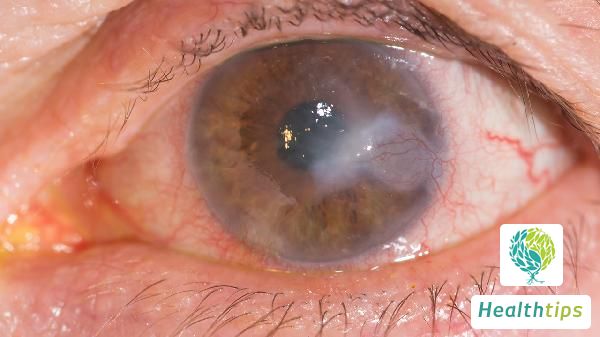What Are the Precautions for Collecting Arterial Blood Gas Analysis?

When requesting arterial blood gas analysis, it is necessary to specify the required indicators. During blood collection, prevent air from mixing in. Choose different sites for collection based on the patient's condition, strictly adhere to aseptic procedures, apply pressure to the puncture site for more than 10 minutes, and submit the sample for testing immediately after collection. Ideally, the time should not exceed 20 minutes. In special cases, refrigerate the sample for storage. Arterial blood gas analysis can be collected from the radial artery, brachial artery, or femoral artery, depending on the patient's condition. Strict aseptic procedures must be followed, with a large disinfection area. During the collection process, pay attention to anticoagulation. Perform the puncture perpendicularly to the vessel or at a 40-degree angle along the vessel's direction, allowing the blood to flow into the syringe automatically. After puncture, apply pressure vertically with gauze or a dry cotton swab to the puncture site for more than 10 minutes. Immediately insert the needle into a rubber stopper to isolate the air. Gently rotate the syringe between your hands to mix the blood and anticoagulant evenly, preventing coagulation. Submit the sample for testing immediately.
1. Patients with respiratory dysfunction caused by various diseases, injuries, or surgeries.
2. Patients with respiratory failure undergoing mechanical ventilation.
3. Continuous monitoring of patients after cardiopulmonary resuscitation.
1. Avoid mixing air into the syringe during blood collection. Do not leave excess heparin solution in the syringe, as it may affect the test results.
2. Apply pressure to the puncture site for a prolonged period to prevent bleeding. After finishing, recheck the puncture site for bleeding.
3. Clearly indicate the patient's body temperature, oxygen concentration, or hemoglobin level, as the blood gas results are related to these indicators.



















